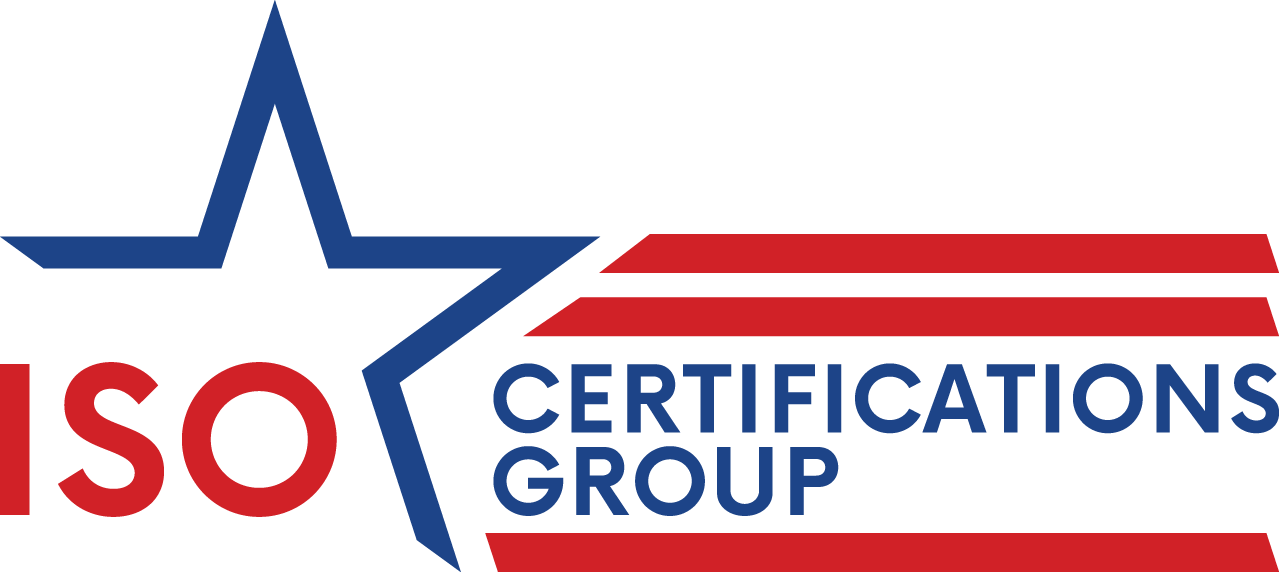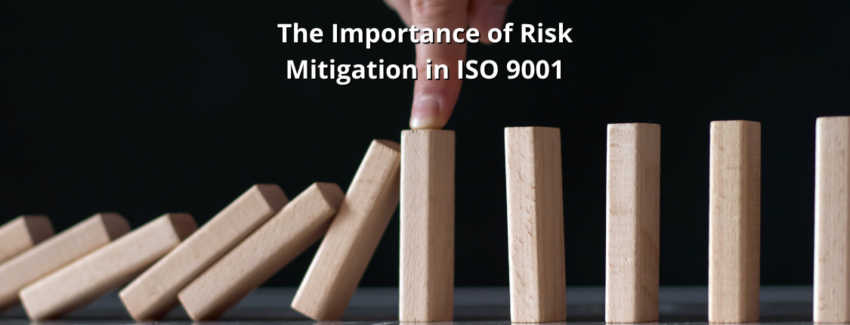Identifying risks and the introduction of Risk-Based Thinking are critical components of successful ISO 9001 Quality Management Systems. In order to better understand what this means, let’s discuss how we can define “risks” and how organizations can better implement Risk-Based Thinking in their management system.
What is a Risk?
Risks are often defined as factors that organizations have very little to no control over, such as dangerous scenarios or the result of uncertainty in situations. A risk can have significant impact on your organization or operations, exposing personnel or products to possible harm. These factors often take the form of hazards, however they do open the door to opportunities for improvement and innovation. This is why it’s so important to identify these risks, to not only eliminate dangerous hazards but to also take corrective action and increase competitive advantages.
In order to properly mitigate risks and plan for them, businesses need to think about processes and operations at a deeper level; this concept is introduced by Risk-Based Thinking.
What is Risk-Based Thinking?
The concept of Risk-Based Thinking revolves around assessing risk at the process and procedural level, as opposed to just focusing on loss prevention. Most organizations look to manage risk by insurance policies, reserves, etc. Very few Risk Managers, actually drill down to the process and procedural levels to assess risks. Risk-Based Thinking is when organizations look at all of their processes and proactively identify risks and put preventive actions (risk mitigation) in place to address the identified risks. Without doing this, organizations are simply focusing on corrective actions or putting fires out when problems pop up.
Risk-Based Thinking is such a widespread approach because it allows organizations to get ahead of risks instead of simply reacting to them, utilizing dedicated teams that ensure your Quality Management System is effective. This method helps businesses protect their goals by continually assessing their processes, anticipating failures, and implementing contingency plans to minimize risks at every level. It fosters resilience and strengthens operational efficiency.
What are some ways businesses can use an ISO 9001 QMS to facilitate Risk-Based Thinking?
ISO 9001 offers many tools that can help organizations further their use of Risk-Based Thinking. Here are a few areas of Quality Management Systems that promote Risk-Based Thinking:
- Stronger Leadership: Top management ensures that policies, core processes, and procedures are all implemented effectively. They are responsible for creating a work environment focused on quality, improvement, and risk management.
- Monitoring Performance and KPIs: Evaluating performance is key to both quality and risk management. It’s important to monitor and measure your risk mitigation strategies and ensure that the results are as desired; if they aren’t working as intended, you can continue to improve and implement new strategies.
- Operational Planning: Be strategic with your operations and processes, and always plan for risk. By planning for risks, you are ensuring that you’ll always be able to achieve quality by either preventing or reducing possible negative impacts.
- Continual Improvement: A QMS always encourages continual improvement throughout all levels of an organization. Identifying risks and opportunities allows you to improve operations, reduce costs, and grow as a business.
In conclusion, implementing Risk-Based Thinking is essential for the long-term success of any organization using an ISO 9001 Quality Management System. By identifying potential risks at the process level and proactively addressing them, businesses can not only avoid disruptions but also seize opportunities for improvement. This forward-thinking approach ensures that risks are managed effectively, promotes continual improvement, and enhances operational efficiency. Organizations that embrace Risk-Based Thinking strengthen their resilience and better position themselves for sustainable growth in competitive markets.
To begin your journey to achieving ISO 9001 Certification today, contact us at ISO Certifications Group.
Sources:
https://isoglobal.com.au/articles/risk-management-iso-9001/

